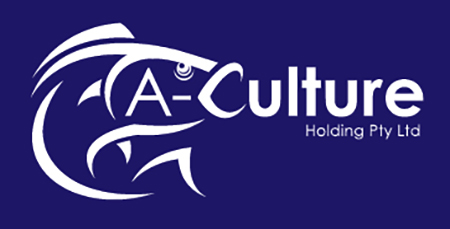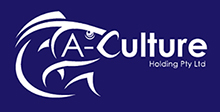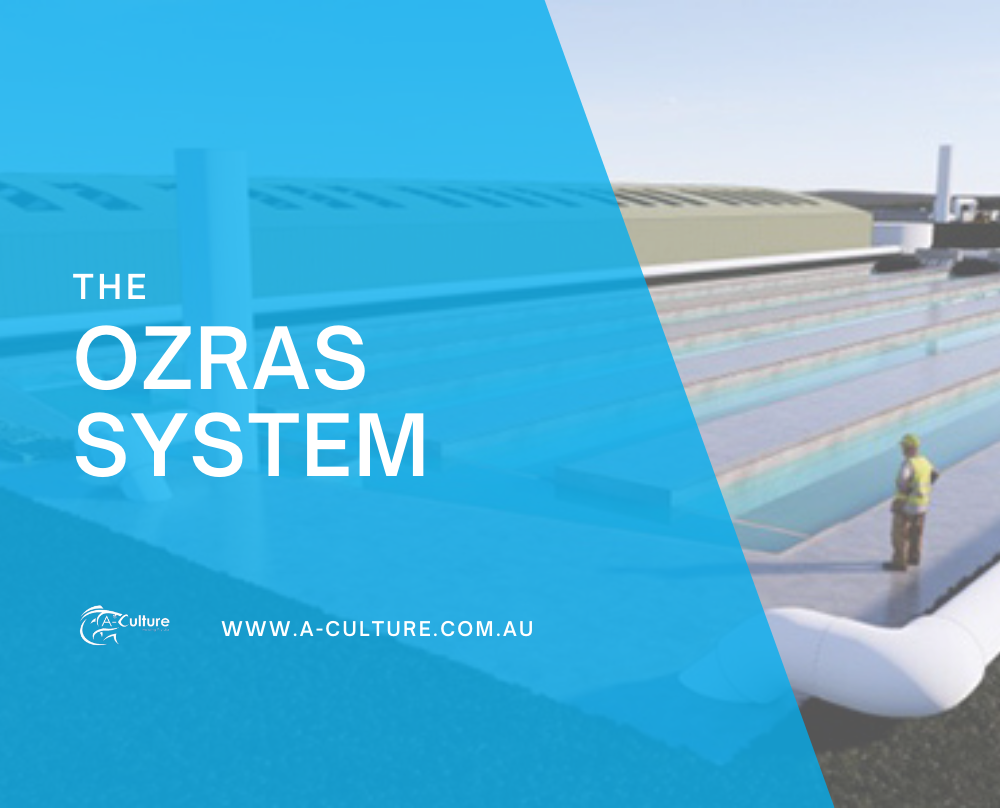Three Mega Trends
Three mega trends are shaping the business environment for the seafood industry
- World population is growing
- Increasing demand for sustainable protein
- Trend to more piscivorous diet
- Consumer preferences are changing
- Consumers want full traceability. Digitization amplifies this trend.
- Consumers demand for animal health and well-being
- Consumers demand healthy food
- Resources are become scarcer
- Turn aquaculture into net fish producer
- Become more independent from marine resources
The COVID-19 pandemic may have brought the global economy to its knees, but it has done little to slow the announcement of land-based salmon grow-out farms. If anything, announcements of new projects and even the flow of deals in the sector have stepped up, arguably because coronavirus exposed the fragility of the global food trade. If all of the potential projects were developed, they would add 1.45 million metric tons of supply to the global salmon market, increasing existing supply from conventional sea-pen farming by about 60%.
Private equity fund 8F Asset Management, which has raised $360 million to fund the first generation of its Pure Salmon portfolio of projects, currently operates a smaller facility in Poland to understand the operational realities of its future industrial-scale designs. Pure Salmon was able to secure hundreds of millions of dollars of investment only by allowing investment groups, including several sovereign wealth funds, to carry out a “significant” amount of investigation into land-based farming. This is a vote of confidence for the industry and where it’s headed.
With doctors around the world recommending patients to improve their diets by eating fish with their omega-3 fatty acids, the seafood market has a promising future. Demand has been growing at an annual compounded rate of 7%, and supply from the limited areas of the world that can successfully grow the fish from coastal waters has created a supply-demand imbalance. Strong demand has made fish farming hugely profitable, especially in the last 5 years.
The prevailing theory is that land-based projects are best located near highly populated and affluent cities. This explains why Norwegian salmon entrepreneur Per Grieg chose to invest in a land-based facility in Japan, at a site within short reach of Osaka and Tokyo. Asian salmon demand is growing at 12%, as more consumers in that region develop a taste for Atlantic salmon, often eaten Japanese sashimi style. Pure Salmon is currently embarked on a new financing round to build 5 new grow-out facilities located next to major cities in China. Pure Salmon says that Chinese salmon consumption is still very low in terms of consumption per capita. A little move on the dial will push salmon demand absolutely through the roof. Much of Pure Salmon’s capital came from Asian investors. In China especially, growing salmon in the local market makes sense and the government is highly supportive of investments in this technology.
It is very exciting to be involved in a sustainability focused project like this in Australia that utilises waste saline water from the Murray River to grow high quality seafood. While Australia has a long coastline, there are few suitable sites for aquaculture and inland water is a precious commodity. The OZRAS system is RAS 2.0 which means it uses low energy technology as well as renewable energy sources for production. Additionally, there is a dual focus. Cows and other ruminants burp methane. Of all the greenhouse gases (GHGs), methane is one of the most destructive for our global climate, and the world’s 1.5 billion domestic cattle are responsible for one sixth of the world’s greenhouse gas volume.
Asparagopsis armata is an Australian and New Zealand-native, naturally abundant seaweed that can reduce methane emissions from ruminants and so help the climate crisis. This cold-water variety is perfectly suited to RAS and the Australian and New Zealand climate for sustainable, long-term, environmentally friendly cultivation. Asparagopsis seaweed contains bromoform (CHBr3) which, is the “active” ingredient. In the bovine gut, bromoform works by disrupting the enzymes of gut microbes that live in the animal’s stomach, and that produce methane gas as waste during digestion.
Through multiple feed trials conducted in both the United States and Australia, we know Asparagopsis reduces methane from cattle and other ruminant animals. Results have shown up to 90% reduction in methane for cattle fed with levels as little as 0.5% dry matter feed using high-quality Asparagopsis. Asparagopsis has a highly complex life cycle which involves alternation between three life-history stages; namely, tetrasprophyte, gametophyte and carposporophyte. RAS production allows control over the life cycle to produce high bromoform content Asparagopsis.





Trackbacks & Pingbacks
medicament kamagra france acheter
achat kamagra generique
kamagra ceny nás
kamagra dodání přijata
buy cheap itraconazole usa overnight delivery
how to order itraconazole uk online
get fildena cheap no prescription
buying fildena low cost
online order gabapentin cheap drugs
how to get womens gabapentin ad whas the cost
purchase flexeril cyclobenzaprine generic when available
ordering flexeril cyclobenzaprine buy sydney
dutasteride over the counter in canada
cheap dutasteride how to purchase viagra
order avodart uk generic
buy avodart cheap australia
buy cheap staxyn cheap in uk
cheap staxyn price for prescription
how to buy xifaxan price dubai
how to buy xifaxan generic is it safe
online order rifaximin uk generic
online order rifaximin canadian online pharmacy
discount enclomiphene cheap canada
discount enclomiphene usa seller
androxal with no presciption
ordering androxal lowest cost pharmacy
Comments are closed.